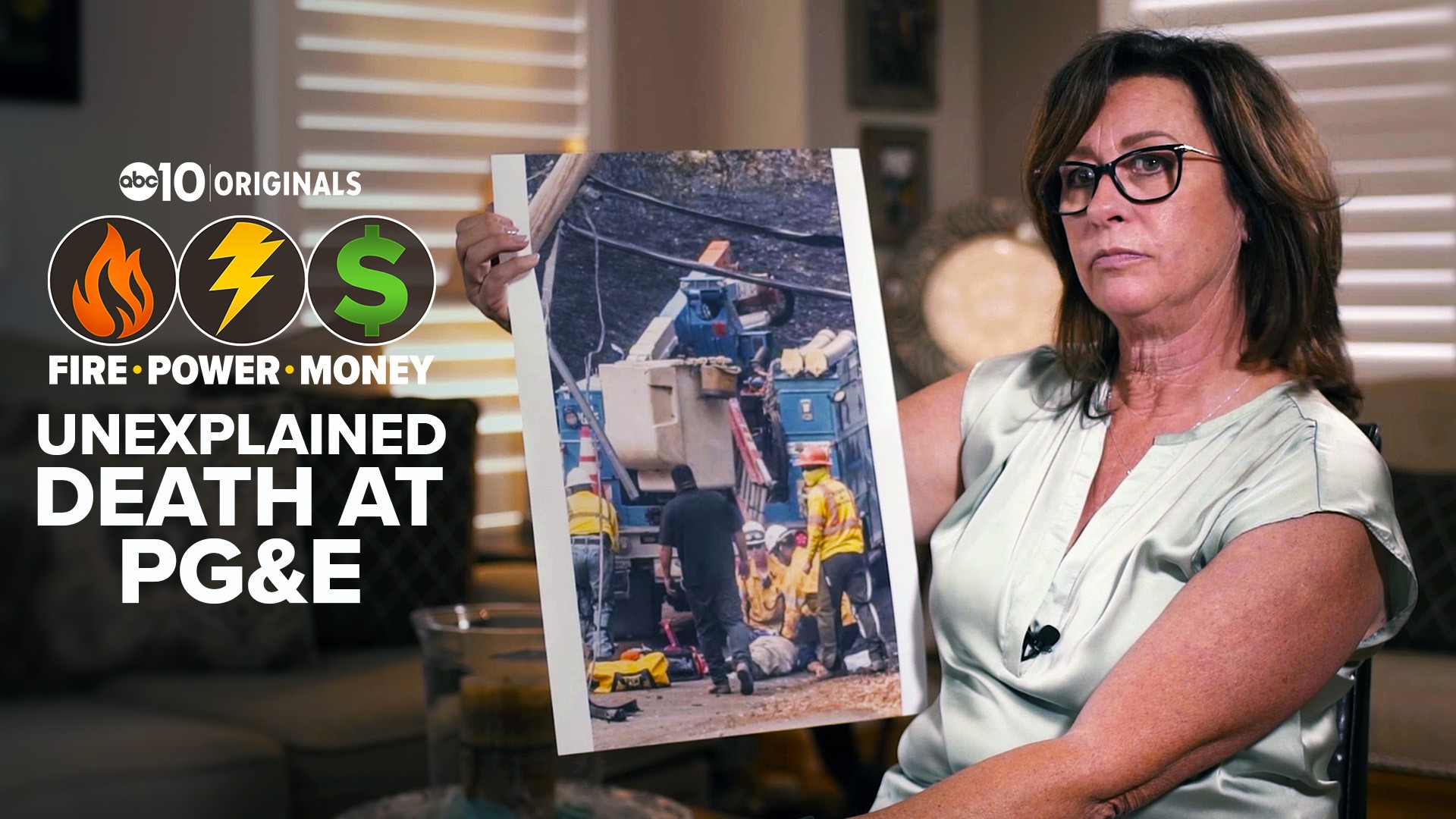VACAVILLE, Calif. — When her husband died on the job in 2020, longtime PG&E wife Kim Wink put blind faith in the company. Today, she wishes her sheriff hadn’t done the same.
A five-month ABC10 investigation reveals the Solano County Sheriff and Coroner botched the investigation of her husband’s death.
The coroner’s office reached questionable conclusions, destroyed evidence, and allowed the chain of custody of Steve Wink’s body to be broken.
“An Amazon package gets better tracking than my husband's body did that day,” Kim Wink said.
Prior to performing his autopsy, officials allowed the body to be taken out of Solano County and cut open for tissue donation. It was done in a manner that violated multiple official procedures of the coroner’s office.
The result of the failures is that Steve’s family can’t be sure how he died.
“Unfortunately, I don't think we'll ever know the answer for sure,” said Dr. Mike Dobersen, a forensic pathologist and retired coroner who examined the dead in Columbine, the Aurora theater shooting, and the 9-11 attacks.

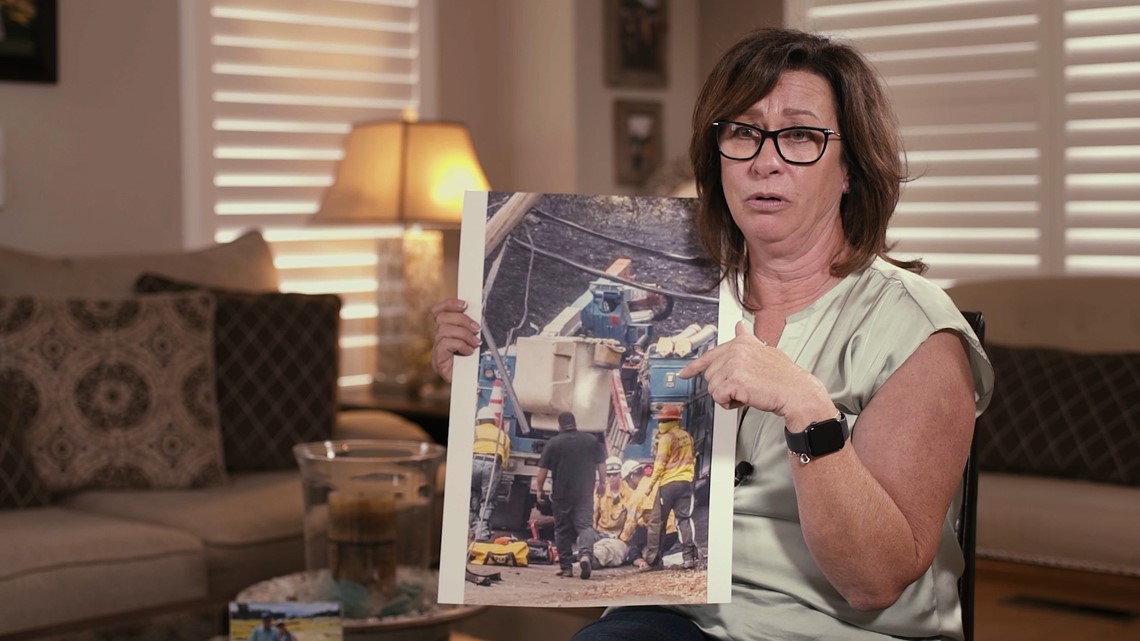
This story is part of FIRE-POWER-MONEY, an award-winning ABC10 reporting project that investigates California’s wildfire and utilities crises. View past reports at FirePowerMoney.com.
KNOW SOMETHING THE PUBLIC SHOULD? Contact investigative reporter Brandon Rittiman at brittiman@abc10.com.
INJURIES NOT DOCUMENTED IN THE AUTOPSY
The official story in Steve Wink’s death certificate is that he died naturally of heart disease with no other circumstances present. His autopsy reports no injuries.
But there were injuries to Steve, documented before parts of the body were removed for tissue donation by Donor Network West, a nonprofit company that holds legal authority over organ and tissue donation for most of Northern California and Northern Nevada.
The donor network declined to comment on Steve’s case, despite written permission to do so from Kim.
The group said that it secures permission to move bodies for donations, but Kim said she never gave authority to take Steve’s body out of Solano County.
The tissue harvesting was performed at a little-known facility 42 miles from the Solano County morgue in Contra Costa County.
“I really thought this was so inadequately handled,” Dobersen said, adding that the body should have been examined and photographed prior to the tissue donation “because it is a potential workplace accident.”

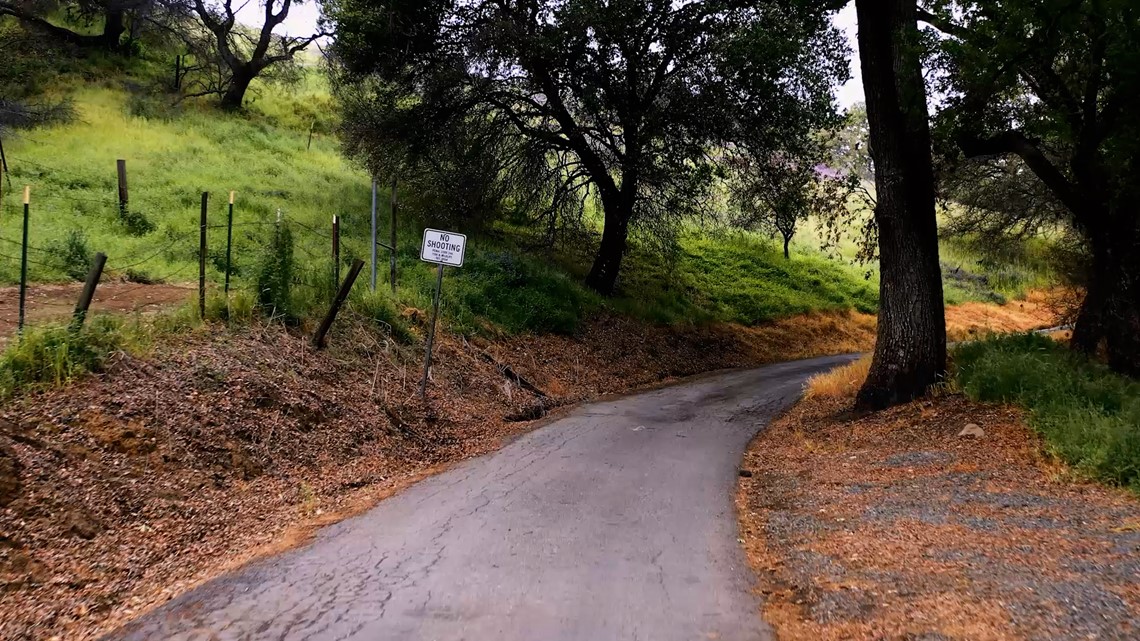
EVIDENCE OF DAMAGE VANISHED
It took Kim Wink months to find the place where Steve died. She found the spot with help from a friend who has law enforcement experience.
“Not PG&E. Not Cal OSHA. Not the IBEW. Not the sheriff's department,” Kim Wink emphasized as she stood in Gates Canyon Road. “Me. And my friend.”
Kim Wink verified the location using photographs posted on Facebook. They show a telephone pole leaning in the direction of Steve’s truck, holding up badly damaged communications wires, which immediately caused her to question the official story of her husband’s death.
ABC10 obtained higher-quality copies of the photographs from Paul Kuroda, the freelance photographer who took them.
Kuroda says the phone lines came down at the same time a tree fell. Other witnesses confirmed that Steve’s truck was already up on the hill at the time.
Kuroda’s images reveal new details of damage to Steve’s work truck. A large metal ladder rack had been ripped from the top of the truck and lay on the ground.
Deputies would later discover that at least three PG&E employees knew about the ladder rack. One, who was a member of the crew that gave CPR to Steve, noted the damage in a written memo at the time.
Another, a mechanic at Steve’s PG&E yard in Vacaville, said the bolts had ripped through the metal holes of the ladder rack.
There’s no evidence PG&E ever reported this damage to authorities. It is not mentioned in the Cal OSHA report that cleared PG&E of any violations.
Kim Wink gave PG&E written authorization to answer ABC10’s questions for this story, but the company declined because it wanted “to protect the privacy and confidentiality of Steve, and his family,” according to spokesperson Matt Nauman.
“I call bulls —,” Kim Wink said. “I’ve heard a lot of PR crap over the years. I can smell it.”
PG&E wouldn’t say whether it still has that key piece of evidence: the damaged ladder rack.
“There are no do-overs in this,” said Dobersen, the pathologist. “The scene is gone. That was your one chance.”


WATCH THE FULL SERIES: Fire-Power-Money
A CASCADING SERIES OF FAILURES
The mountain of missteps in the case began when the Solano County Sheriff and Coroner’s Office failed to do what the paramedics asked: show up.
ABC10’s report includes audio in which those medics call dispatchers to ask for law enforcement to meet them at the hospital because Steve was already dead en route.
It also includes audio of deputies passing around responsibility for– and then asking to close– the industrial accident investigation of Steve’s death without responding.
“Things that should have been done were not done,” Dobersen said. “Too many unanswered questions. And it's a tragedy upon tragedy.”
“They didn't even look into anything,” Kim Wink said. “I'll never get over this. My family will never get over this. And I pray to God that no one else has to live this nightmare.”
ABC10 obtained footage from an interview that Solano deputies did with Mrs. Wink seven months after her husband died.
In it, deputies admit Steve’s death was “absolutely an industrial accident and it should have been documented.”

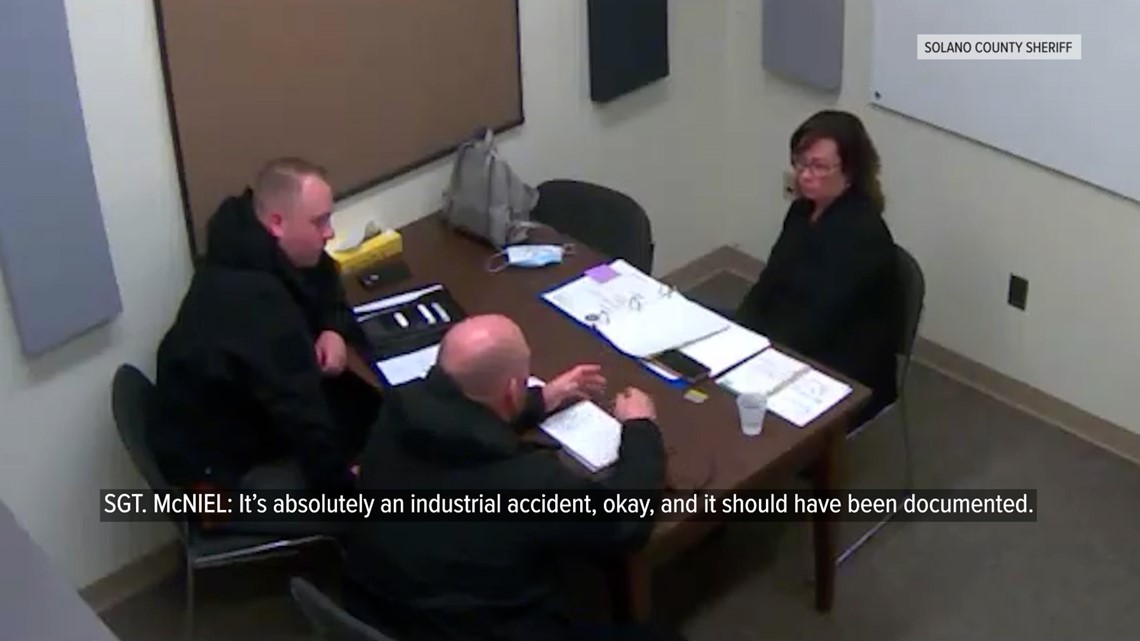
‘THEY HAVE BEEN RUTHLESS TO ME’
Despite promising to do what they could to make it right, the Solano County Sheriff and Coroner’s Office has not granted Mrs. Wink’s requests to change the manner of Steve’s death to “accidental” instead of “natural.”
The sheriff’s office did not answer when asked why not.
Kim Wink pleaded for help that she needed to fight PG&E, hoping to receive the full benefits she should have gotten as the spouse of a worker who died on duty.
“They have been ruthless to me,” Kim Wink told deputies. “I've lost my husband, I've lost his income. I lost his pension. I lost my medical, dental, vision.”
Solano County Sheriff’s office spokesperson Rex Hawkins replied to our initial request for comment by providing false statements to ABC10.
His email mischaracterized fundamental facts of the case, including the location where Steve Wink was pronounced dead and how his death was reported to deputies.
When asked why it provided the false information, the sheriff’s office did not answer.
Although line-level PG&E employees did grant interviews to deputies, PG&E corporate refused to cooperate when asked about Steve’s death.
Deputies reported receiving a phone call during their investigation from PG&E lawyer Barbara Thornhill, who “informed [deputies] PG&E could provide no information to me without a subpoena or search warrant.”
PG&E is familiar with search warrants. The company has a criminal rap sheet with 91 felony convictions in the 2010 San Bruno gas explosion and 2018 Camp Fire.
More felony charges are pending in Shasta County, including four felony counts of manslaughter, for the 2020 Zogg Fire. It burned the month after Steve’s death.

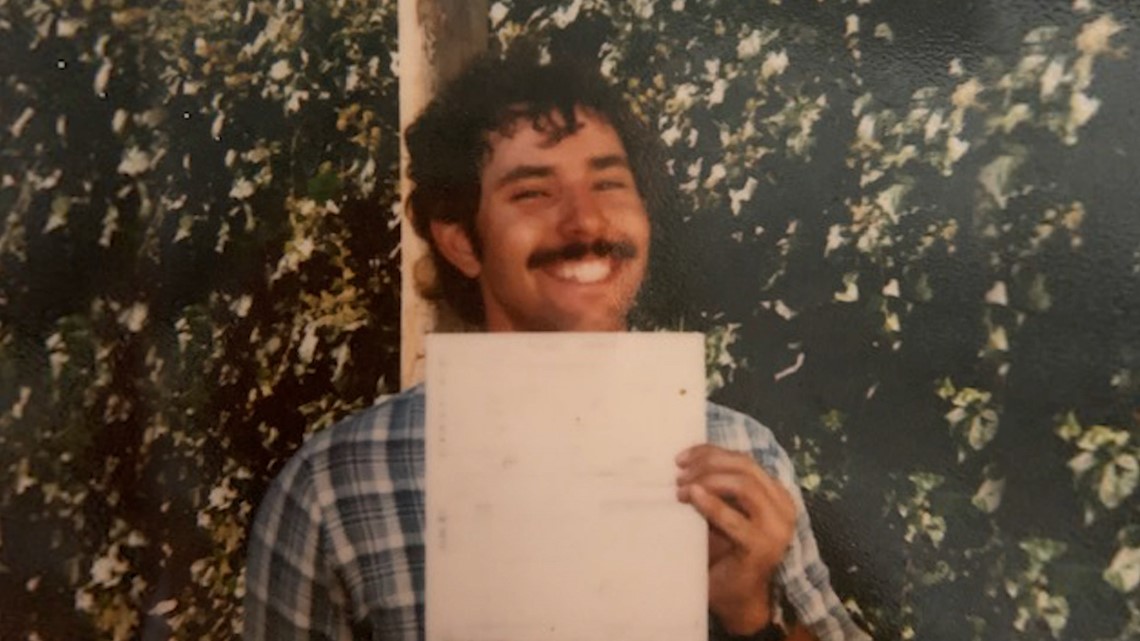
PG&E wouldn’t say whether Steve was among the five worker deaths reported to shareholders in 2020 or why he was allowed to perform his job alone in an active fire zone.
Steve Wink was a troubleman, a role the industry often refers to as its “first responders.” They find problems on the power grid and determine what’s needed to fix them.
“He worked 37 years for this company and died on the job,” Mrs. Wink told deputies. “I don't think you would treat one of your own like that.”
MORE FROM ABC10 | 'WHO'S BEHIND PG&E'S BAILOUT?': California taxpayers spent $9.6 million on private attorneys who wrote a law protecting PG&E’s profits from wildfire damage. State records reveal the law firm had represented PG&E for years.

